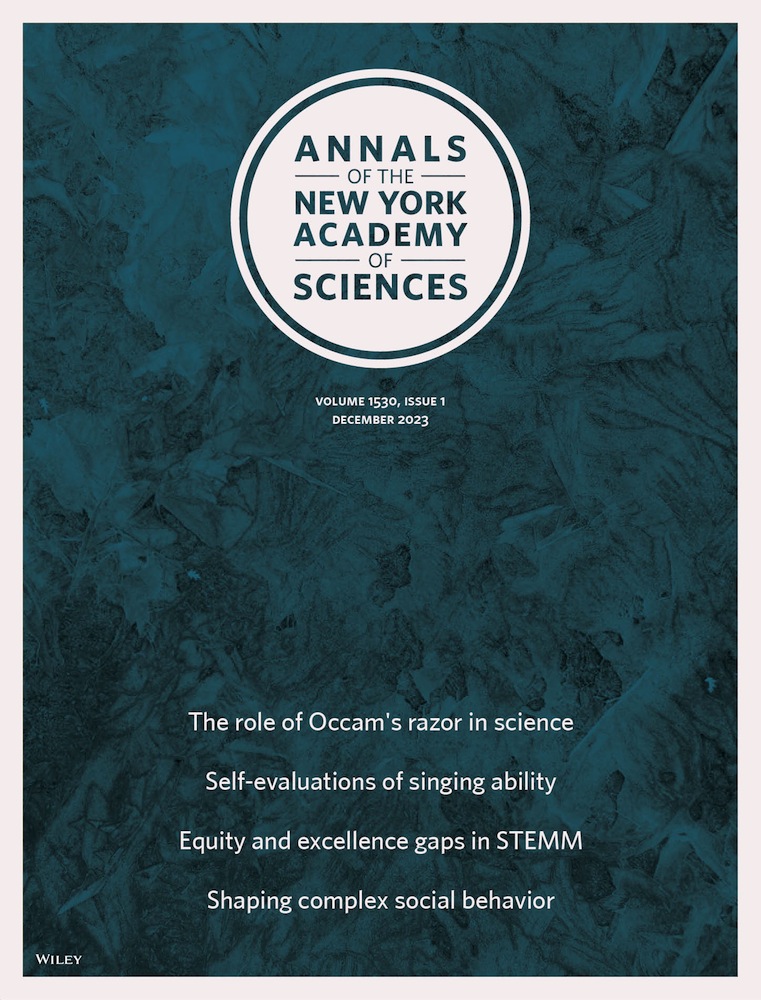Oxytocin and opioid antagonists: A dual approach to improving social behavior
IF 4.1
3区 综合性期刊
Q1 MULTIDISCIPLINARY SCIENCES
引用次数: 0
Abstract
Social behavior is a cornerstone of mental health and well-being, shaped by complex neuromodulatory processes. Pharmacological interventions targeting social deficits have largely centered around oxytocin (OT). While some clinical trials have shown promising results for OT in addressing social impairments, others have reported inconsistent outcomes, with concerns about its weak and variable effects. The central OT system is exceptionally complex, given its interactions with several neuromodulatory systems. This review explores the dynamic relationship between the OT and opioid systems in regulating social behavior and their potential therapeutic applications. Despite the known physiological relationship between the opioid and OT systems, many questions about the effects of their interaction on social behavior remain unanswered. Recent research investigating the combined effects of OT and opioid antagonists has reported promising results in improving social functioning. Here, we highlight key challenges in this area, including how to manipulate the OT and opioid systems without disrupting their natural balance, understanding their role in real-world social contexts, and achieving precise modulation of their effects. Evaluating these points will require cutting-edge neuroscience techniques, such as optogenetics, CRISPR, and designer ligands, to refine our understanding and pave the way for novel therapeutic strategies to improve social functioning.

催产素和阿片拮抗剂:改善社会行为的双重途径
社会行为是心理健康和幸福的基石,由复杂的神经调节过程形成。针对社交缺陷的药物干预主要集中在催产素(OT)上。虽然一些临床试验显示了OT在解决社交障碍方面的有希望的结果,但其他临床试验报告的结果却不一致,人们担心其效果薄弱且多变。中枢OT系统异常复杂,因为它与几个神经调节系统相互作用。这篇综述探讨了OT和阿片系统在调节社会行为中的动态关系及其潜在的治疗应用。尽管已知阿片类药物和OT系统之间的生理关系,但关于它们相互作用对社会行为的影响的许多问题仍未得到解答。最近的研究调查了OT和阿片类拮抗剂的联合作用,报告了改善社会功能的有希望的结果。在这里,我们强调了这一领域的关键挑战,包括如何在不破坏其自然平衡的情况下操纵OT和阿片类药物系统,了解它们在现实社会环境中的作用,以及实现其效果的精确调节。评估这些观点将需要尖端的神经科学技术,如光遗传学、CRISPR和设计配体,以完善我们的理解,并为改善社会功能的新治疗策略铺平道路。
本文章由计算机程序翻译,如有差异,请以英文原文为准。
求助全文
约1分钟内获得全文
求助全文
来源期刊

Annals of the New York Academy of Sciences
综合性期刊-综合性期刊
CiteScore
11.00
自引率
1.90%
发文量
193
审稿时长
2-4 weeks
期刊介绍:
Published on behalf of the New York Academy of Sciences, Annals of the New York Academy of Sciences provides multidisciplinary perspectives on research of current scientific interest with far-reaching implications for the wider scientific community and society at large. Each special issue assembles the best thinking of key contributors to a field of investigation at a time when emerging developments offer the promise of new insight. Individually themed, Annals special issues stimulate new ways to think about science by providing a neutral forum for discourse—within and across many institutions and fields.
 求助内容:
求助内容: 应助结果提醒方式:
应助结果提醒方式:


